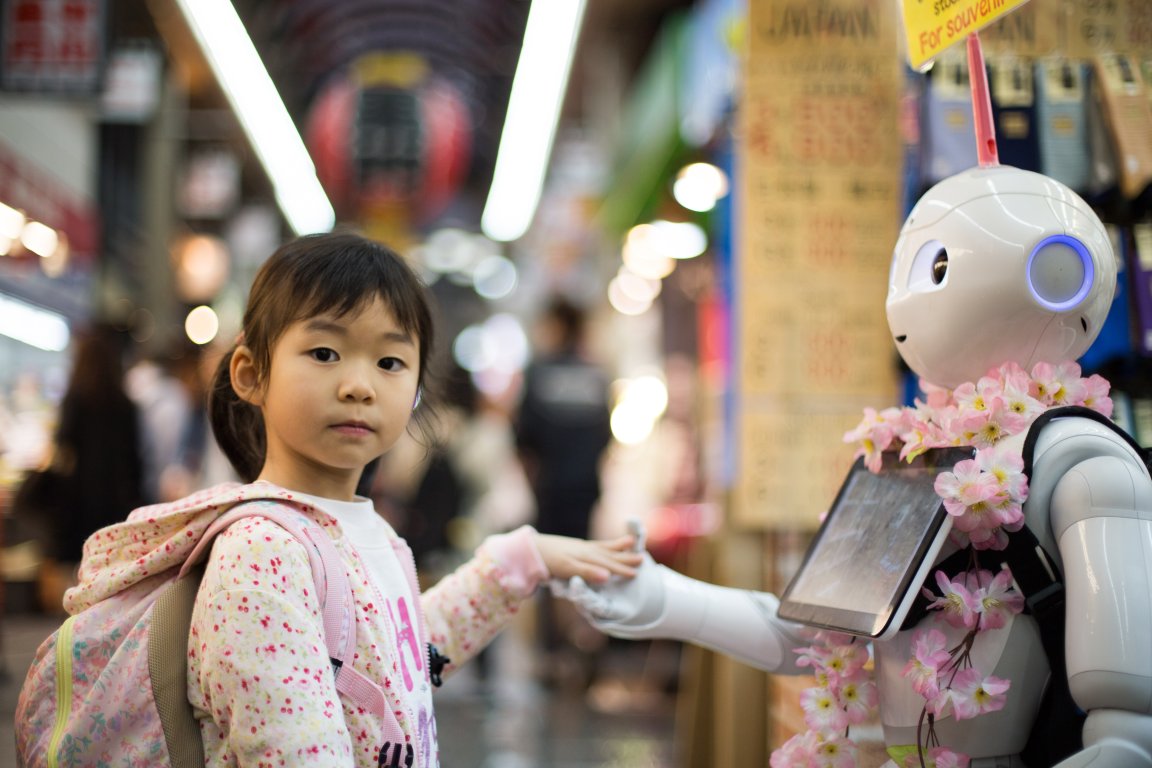
The AI Revolution
Artificial intelligence (AI) has gone from a futuristic, science fiction-esque field of discovery to a blossoming, technological sector in which the impossible is becoming possible. In order to ensure that the future of AI development remains ethical and socially conscious, the Institute of Electrical and Electronics Engineers (IEE) has announced three new AI ethics standards.
IEEE self-describes as “the world’s largest technical professional organization for the advancement of technology.” Their AI ethics standards will prioritize humans as they promise to keep up with growing progress in the field, according to a recent press release.

These new standards will become part of a living IEEE document, titled Ethically Aligned Design: A Vision for Prioritizing Human Wellbeing with Artificial Intelligence and Autonomous Systems. This document, which will continue to change and grow with the times, encourages those pushing technology forward to consider how such progress might interfere with ethical concerns. The nature of the publication, that it is “living,” shows how well its creators at IEEE understand the ever-changing nature of the AI field.
Satoshi Tadokoro, president of the IEEE Robotics and Automation Society, explained why they created such standards in the release: “Robotics and autonomy are expected to introduce big innovations for society. Recently, there has been growing public attention focused on possible social problems that might occur, as well as on the huge potential benefits that can be realized. Some incorrect information from fiction and imagination may unfortunately be observed in those discussions.”
Tadokoro continued, “IEEE will introduce knowledge and wisdom based on the accepted facts of science and technology to help reach public decisions that maximize the overall benefits for humanity.”
Supervising Innovation
Each of the three AI ethics standards will be introduced as an individual project, each led by experts. The first of these standards is as follows: “Standard for ethically driven nudging for robotic, intelligent, and autonomous systems.” This first standard explores “nudges,” which, in the AI world, refers to subtle actions designed to influence human behavior.
The second standard, “Standard for fail-safe design of autonomous and semi-autonomous systems,” encompasses autonomous technologies that, if they malfunctioned, could cause harm to humans. For the present, this most obviously covers autonomous vehicles.
The third standard, “Well-being metrics standard for ethical artificial intelligence and autonomous systems,” addresses how progressing AI technologies might benefit human well-being.
These standards may be necessary sooner than we think, as companies like OpenAI and DeepMind push AI further and further, even going so far as to create AI systems capable of teaching themselves and pushing the boundaries of “intelligence.” Experts have suggested that such AI is capable of destabilizing the world, causing mass unemployment and war, and even devolving into the creation of “killer robots.” Recently, key discussions at the United Nations prompted serious consideration of more regulation of AI technologies as weaponry.
These three standards projects will hopefully support efforts to regulate the growth of AI so that progress is not hindered, but that society as we know it isn’t destroyed by the very thing we’ve worked so hard to create.